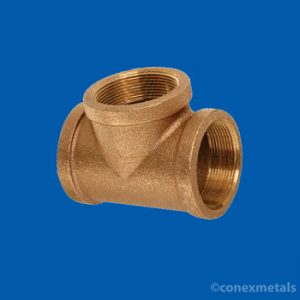Three Piece Unions
Three Piece Unions
Three-piece unions are a type of pipe fitting used to join two pipes or tubes together and allow for easy disassembly and reassembly of the connection. They consist of three separate components: a male threaded end, a female threaded end, and a middle piece with a threaded male end on one side and a threaded female end on the other. When these components are screwed together, they create a secure and leak-resistant connection.
Here are key points to understand about three-piece unions:
- Design and Configuration:Three-piece unions consist of three main components: the male threaded end, the female threaded end, and the middle piece with both male and female threads. When assembled, the male end of one pipe is connected to the female end of the middle piece, and the male end of the middle piece is connected to the female end of the other pipe.
- Disassembly and Reassembly:One of the main advantages of three-piece unions is their ability to be easily disassembled and reassembled without disturbing the pipes or tubes. This feature is particularly useful for maintenance, repairs, or modifications in piping systems.
- Material Composition:Three-piece unions are available in various materials, including Bronze, Stainless Steel, Brass, and other alloys, depending on the application’s requirements. The choice of material depends on factors such as corrosion resistance, fluid compatibility, and environmental conditions.
- Applications:Three-piece unions are commonly used in plumbing, HVAC systems, industrial processes, and other applications where the ability to quickly disconnect and reconnect pipes is beneficial.
- Pressure and Temperature Ratings:The pressure and temperature ratings of three-piece unions depend on the material, design, and size of the fitting. It’s important to ensure that the chosen unions are suitable for the intended working conditions.
When using three-piece unions, consider factors such as the material, thread type, compatibility with other materials, and the requirements of the system.





